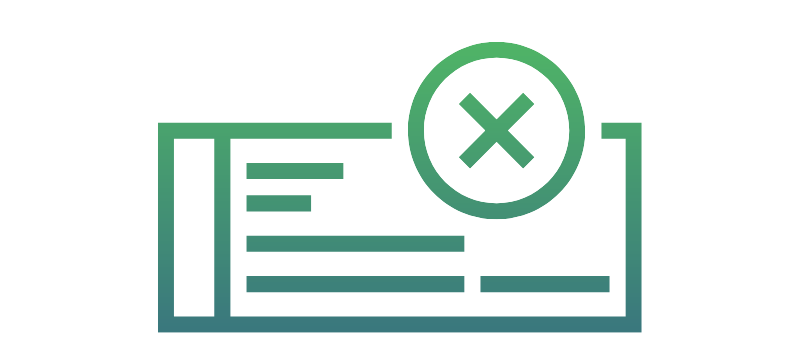A cashier’s check is a type of check that is issued by a bank. It is considered to be a very safe form of payment, as the bank guarantees that the funds are available. However, there are some cases in which a cashier’s check can bounce.
Can a cashier’s check bounce?
One way that a cashier’s check can bounce is if it is counterfeit. Counterfeit cashier’s checks are becoming increasingly sophisticated, and it can be difficult to tell the difference between a real and a fake check.
If you receive a cashier’s check from someone you do not know, it is important to carefully inspect it for any signs of counterfeiting. Some things to look for include:
- Poorly printed or missing security features
- Incorrect or misspelled information
- A check that appears to have been altered
If you have any doubts about the authenticity of a cashier’s check, you should contact the bank that issued it.
Another way that a cashier’s check can bounce is if the account from which it was drawn does not have sufficient funds. This can happen if the person who wrote the check has overdrawn their account or if the account has been closed. If a cashier’s check bounces for this reason, the bank will usually reverse the deposit and charge the person who wrote the check a fee.
Finally, a cashier’s check can also bounce if it is fraudulent. This can happen if the person who wrote the check does not have the authority to do so or if the check was obtained through illegal means. If a cashier’s check bounces for this reason, the bank will usually not be able to recover the funds for the person who deposited it.
If you are considering accepting a cashier’s check as payment, it is important to be aware of the risks involved. By carefully inspecting the check and verifying the funds, you can help to protect yourself from fraud.
How to spot a fake cashier’s check
As mentioned above, counterfeit cashier’s checks are becoming increasingly sophisticated. However, there are some things you can look for to help you spot a fake.
- Check the watermark. All cashier’s checks have a watermark that is visible when held up to a light. If the watermark is not visible, the check is probably fake.
- Check the signature. The signature on the check should match the signature on the bank’s letterhead. If the signatures do not match, the check is probably fake.
- Check the account number. The account number on the check should match the account number on the bank’s letterhead. If the account numbers do not match, the check is probably fake.
- Check the routing number. The routing number on the check should match the routing number on the bank’s letterhead. If the routing numbers do not match, the check is probably fake.
- Check the date. The date on the check should be recent. If the date is more than a few days old, the check may be fake.
- Check the amount. The amount of the check should be reasonable. If the amount is too high, the check may be fake.
If you have any doubts about the authenticity of a cashier’s check, you should contact the bank that issued it.
How to protect yourself from cashier’s check fraud
There are a few things you can do to protect yourself from cashier’s check fraud:
- Only accept cashier’s checks from people you know and trust.
- Never accept cashier’s checks from strangers.
- Carefully inspect the cashier’s check before accepting it.
- Verify the funds before accepting the cashier’s check.
- Do not cash a cashier’s check that is made payable to someone else.
- Do not wire money to anyone who has sent you a cashier’s check.
By following these tips, you can help to protect yourself from cashier’s check fraud.
